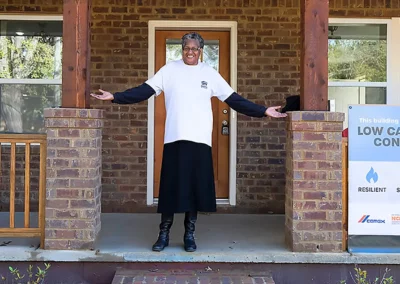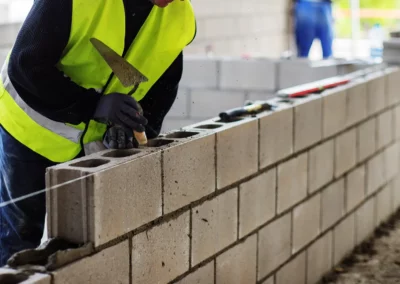Traditionally, the opportunity for more sustainable buildings has been in reducing energy use.
Clearly, the most capital- and carbon-efficient way to make a building more sustainable is not to knock it down and start over.
So, logically, the next best thing is to do two things for more sustainable buildings.
First, reduce the overall energy needs of the building:
- energy-efficient HVAC systems and machinery
- double-pane windows and insulation
- intelligent lighting systems
- and other innovative, energy-saving techniques.
Second, reduce the carbon emissions profile of the energy source that powers the building by shifting power from fossil to renewable resources. If not possible to do so directly (i.e. through solar panel installations), then purchase “green” power through the utility.
These strategies are ways to reduce the “operational” emissions of the built environment — but there’s a new concept that’s especially important for new construction called “embodied carbon.”
Embodied carbon represents the impact of the building material itself on the environment. Specifically, how much carbon was emitted in the process of producing the concrete, steel, glass and other components of a building?
In order to keep up with demand, global building floor area is expected to double by 2060, adding 2.4 trillion square feet.
Each month for the next forty years, one “New York City’s worth” of concrete is expected to be deployed in building projects globally.
It’s therefore critical to be able to calculate and continually reduce embodied carbon in building materials.
Because even a building powered by 100 percent renewable energy still has embodied carbon.
The concrete industry contributes almost 10% of all global CO2 emissions.
The need — and the opportunity — to make a meaningful reduction in its embodied carbon is massive.
At CarbonBuilt, we reduce the embodied carbon of concrete products by 60-105% with no negative impact on price or performance. Please contact us to learn more.
(photo by Justin Eisner on Unsplash)




